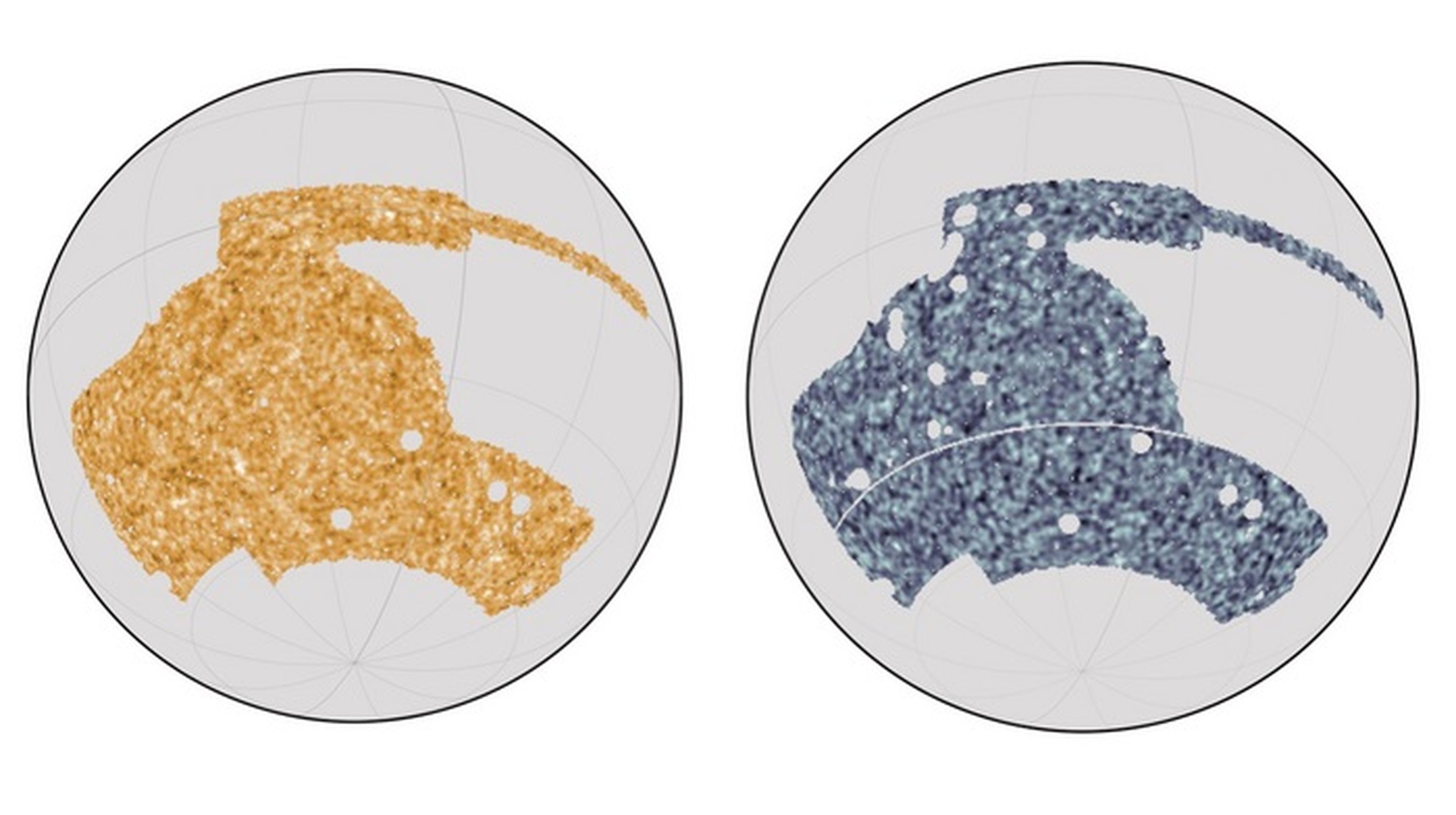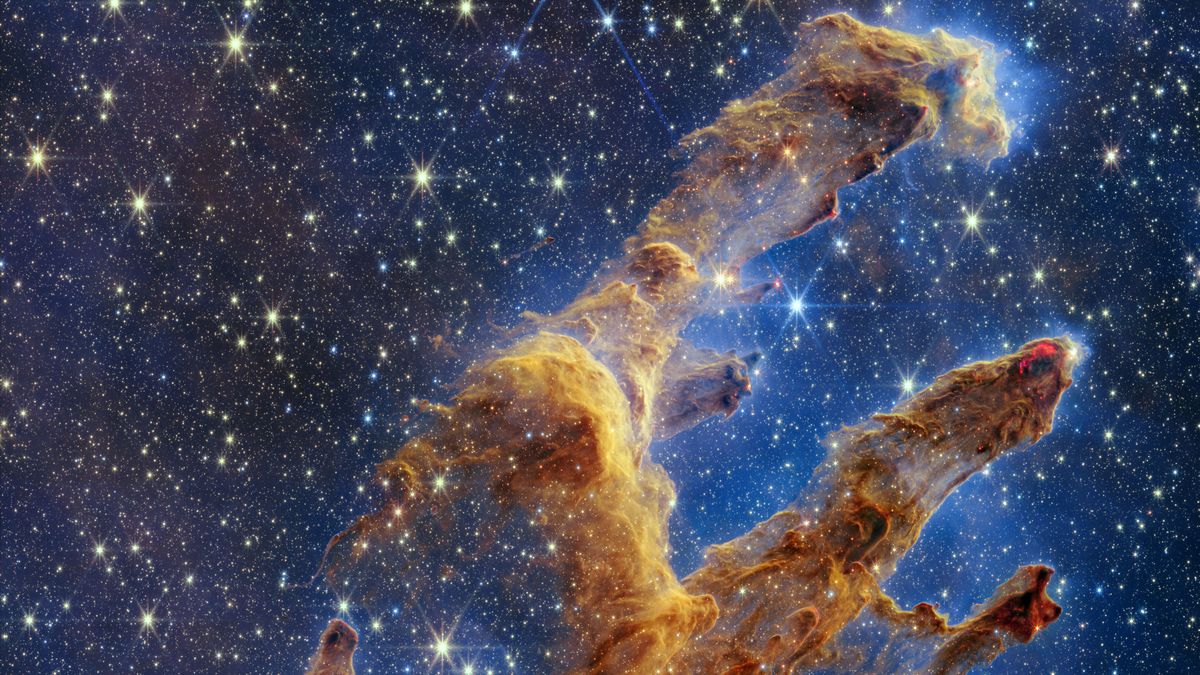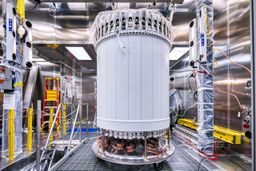Quantity dark matter in it being Six times higher than normal matterwhich agrees with previous measurements. But how did they manage to get this close to the subjects? very easy”.
The researchers used data from the Dark Energy Survey and the Antarctic Telescope to recalculate the total amount and distribution of matter in being. It sounds easy, but it’s worked for years.
In their investigations, the team also conducted DrHe discovered that the material was less lumpy than previously thoughtso we can talk about a kind of Gruyere cheese which is not a mass of stars, planets, satellites and satellites.
The Dark Energy Survey monitors photons of light at visible wavelengths, and the South Pole Telescope monitors light at microwave wavelengths. This means that The South Pole Telescope observes the cosmic microwave backgroundthe oldest radiation we can see, It dates back to about 300,000 years ago the great explosion.
Team introduced Data sets from the two surveys involved maps From the sky; Then they superimposed the two maps To understand the full picture of how matter is distributed in the universe.

The universe is becoming more accessible every day
the dark matter It is something in the universe that we cannot directly observe. We know they exist because of their gravitational effects, but we cannot see them otherwise. Dark matter makes up about 27% of the universeAccording to CERN.
The remaining 63% of Universe It is made up dark energyan as yet unconfirmed class that is evenly distributed throughout the universe and is responsible for the accelerating expansion of the universe.
To clear dark energy still He has three years left of data for analysis, and the South Pole Telescope is making new observations of the cosmic microwave background. For its part, the Atacama Cosmic Telescope is conducting a highly sensitive survey of the cosmic background. With accurate new data, researchers will be able to test the standard cosmological model.
In 2021, the Atacama Telescope helped scientists obtain it A new precise measure of the age of the universe: 13.77 billion years. Further investigation of the cosmic microwave background could help researchers resolve a tension Hubblewhich is a disagreement between two of the best ways to measure the expansion of the universe.
As observational methods become more accurate, this information can feed into great cosmological models to determine where we have gone wrong in the past and lead us toward a higher knowledge of the universe that surrounds and envelopes us.






